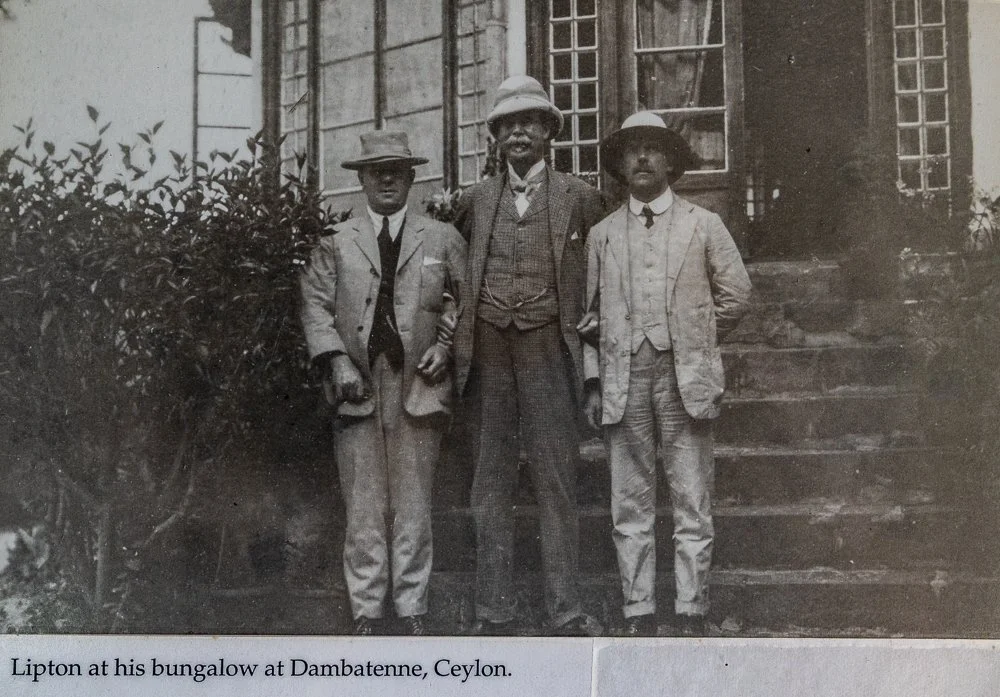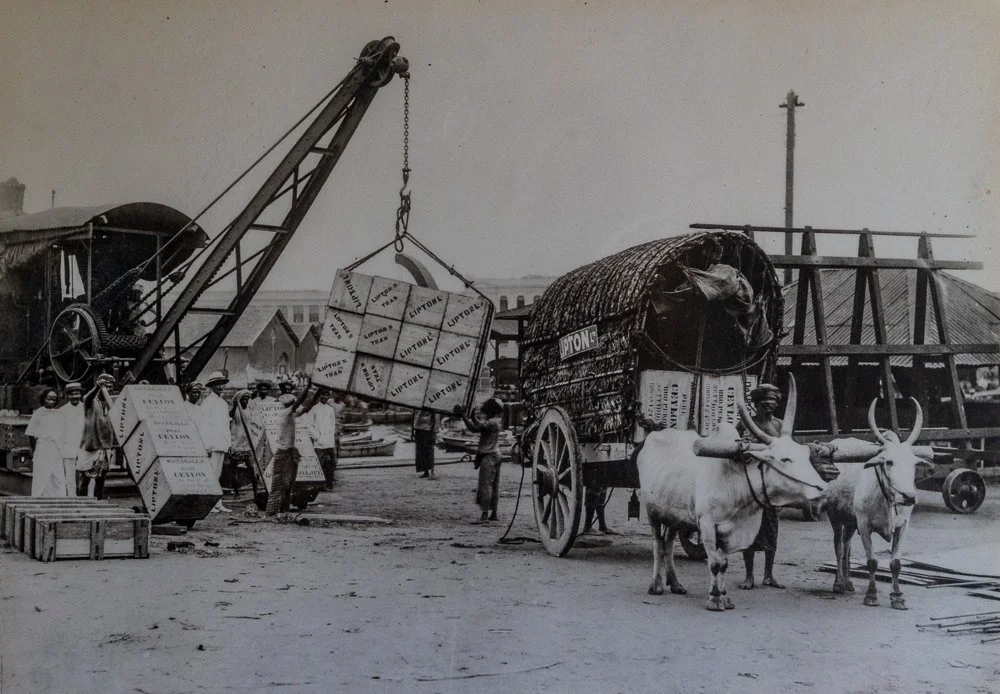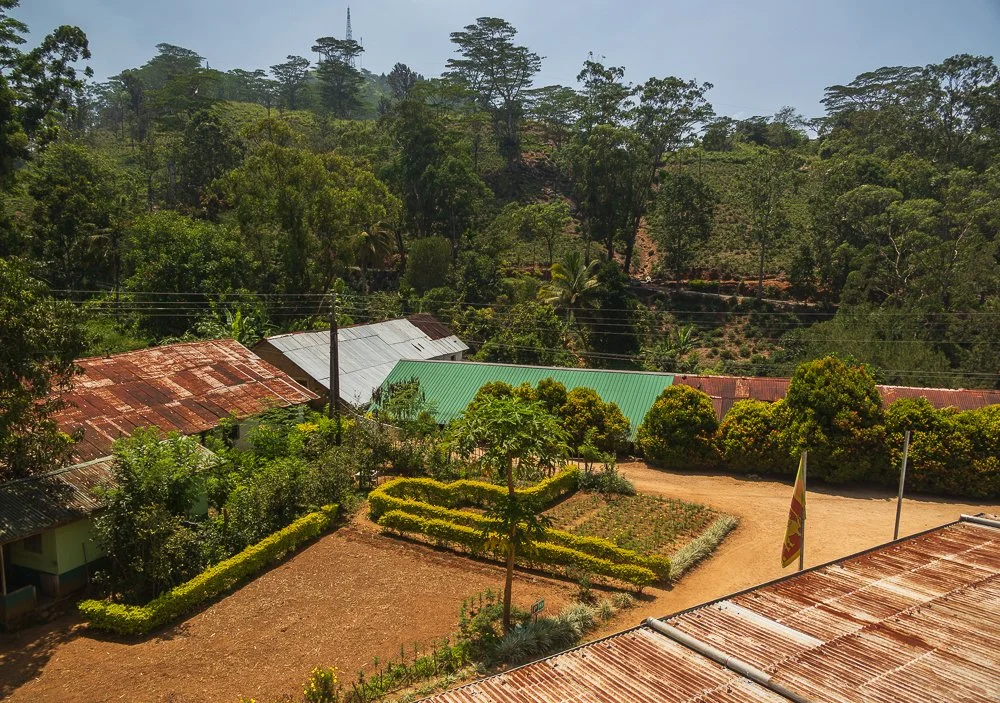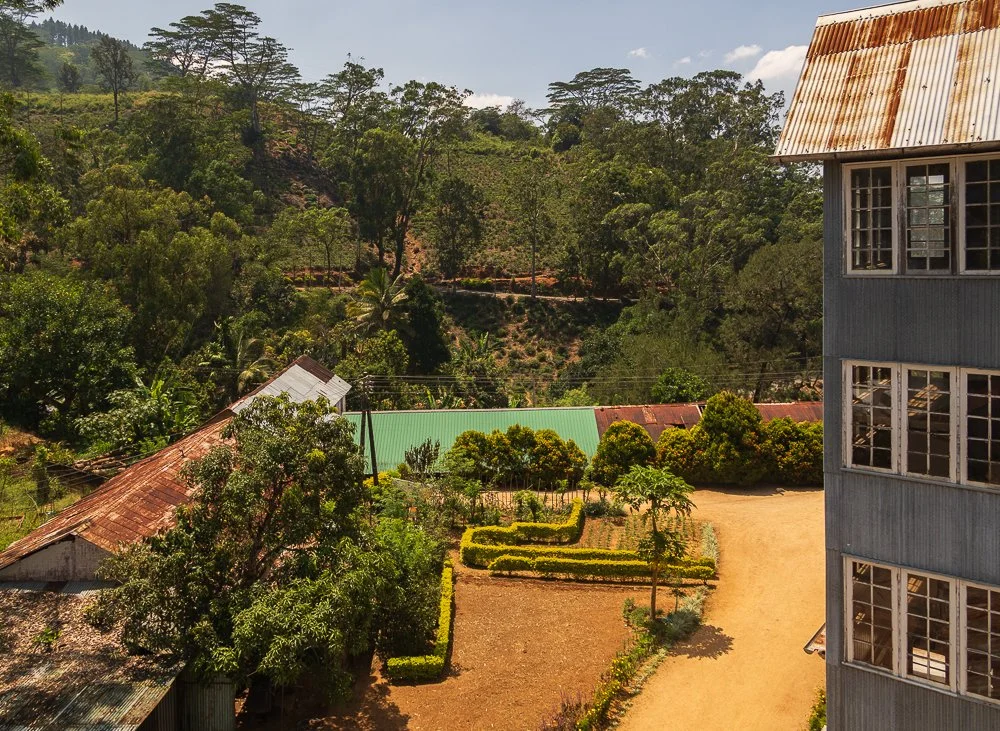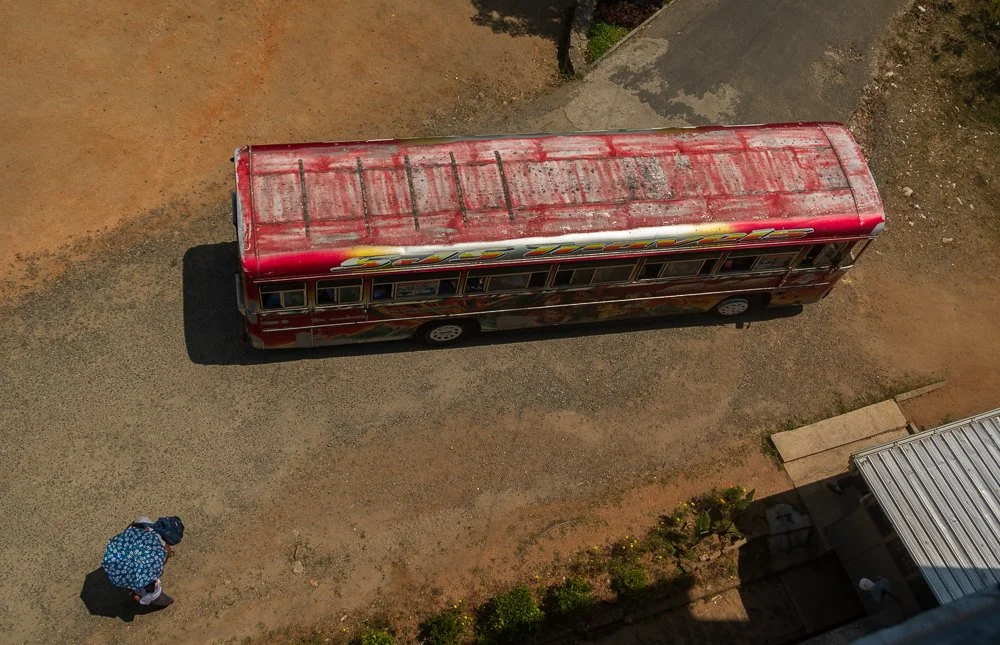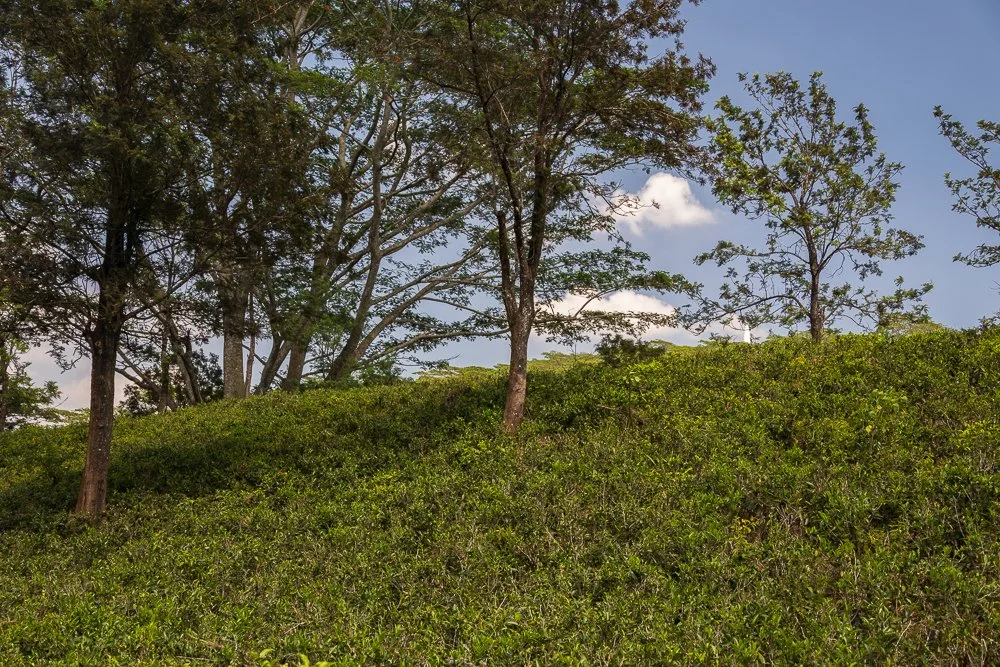Did you know, dear reader, that the average Brit drinks nearly 900 cups of tea a year? That’s about 2 to 3 cups a day, though if I were to judge by my family, I’d say it’s probably more. Apparently, the older you get, the more tea you drink. More time to sit and drink it? Or just more need for it? Brits over the age of 55 average about 21 cups a week, while those under the age of 24 come in at just 8.
Most people (over 60%) take their tea with milk, although there’s still divided opinion about when the milk is added. For what it’s worth: I’d say milk before if you’re using a teapot, after if you’re just making it in a mug.
And on the matter of biscuits: more than half of British tea drinkers dunk. Many admit to double-dunking, despite the risk of biscuit collapse. Yes, even if it ends up in the cup, it still gets drunk. The top five dunking biscuits? Chocolate digestives, plain digestives, rich teas, milk chocolate hobnobs, and shortbread.
So why all the tea trivia?
During Karl’s ride between Colombo and Kandy, he noted passing the tea plantations along the way. Today’s post takes us just outside Kandy, Sri Lanka, where I visited the Ceylon Tea Museum and explored the history of a drink that has been central to both Empire and everyday life.
Before leaving Kandy, I arranged for transport to the Tea Museum in Hantane, which is situated above the city. I’d visited tea plantations before, in the hill region of Munnar, in Kerala, and I’ve always liked the look of them. The bushes are trimmed low, at waist height for harvesting, and the terraced slopes create an almost sculptural, neat green landscape. The workers move quietly through the rows, slipping handfuls of tea leaves into baskets on their backs.
The museum is housed in a restored tea factory. The giant rollers and drying drums are still there, silent now, but you can walk among them and trace the evolution of tea production. Including how the transformation from leaf to liquid shaped the country — economically, environmentally, and socially.
And here you meet James Taylor. No, dear reader, not the singer. But a young Scot who arrived at 17 to work on a coffee estate. When the coffee blight hit in the 1860s, he turned to tea. His experiments on what became the first commercial tea estate in Ceylon are what kicked things off. There’s a story of him drying tea on his verandah and sending it to London. Just upstairs from the old machines is a small exhibit about him, letters, photos, and the outlines of a life spent entirely among tea leaves.
Naturally, I stopped by the gift shop and stocked up on tea (some for me, some to share). Then I sat in the café on the top floor for a tasting flight. The view is impressive: Kandy below, rows of tea bushes, and a school bus arriving with children about to tour the museum.
So, to close how we began, five more tea facts for your next cup:
Tea is the second most-consumed beverage in the world (after water).
A brewed cup of tea usually contains less than half the caffeine of coffee.
All teas—black, green, white, oolong—come from the same plant: Camellia sinensis.
There are over 3,000 varieties of this bush, mostly grown in hilly regions.
Around three billion cups of tea are consumed every single day.
And now, dear reader, it’s probably time for you to put the kettle on and get the hobnobs out. Enjoy your cuppa, and think of the tea plantations of Sri Lanka while you do.
If you've enjoyed following Karl's journey, please consider sharing this post with others. I've been researching and telling his story since 2016 — it's a labour of love, and every share helps keep this piece of Canadian history alive.
Then get caught up on the rest of our journey, click here for more Karl Chronicles
The Karl Journey is registered as an official expedition with the Royal Geographical Society

